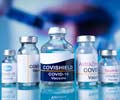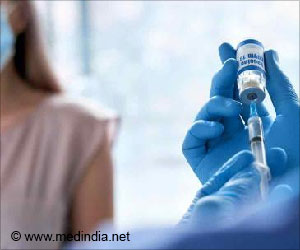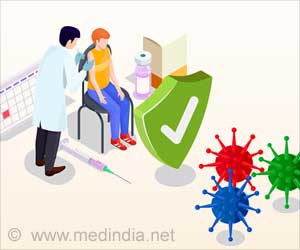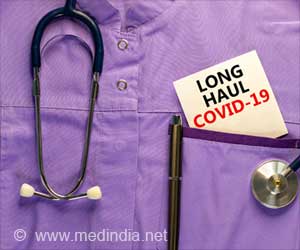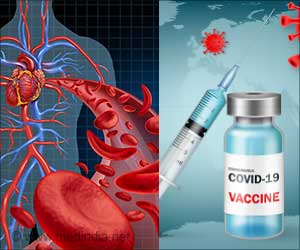Johnson & Johnson/Janssen COVID-19 vaccination may increase the incidence of a blood clot in the brain.

‘Johnson & Johnson/Janssen COVID-19 vaccination (Ad26.COV2.S) may increase the incidence of a blood clot in the brain, states a new study.
’





The present study compared the rates of CVST – age- and sex-specific post Ad26.COV2.S vaccination with the prepandemic CVST rate in the population to derive a better correlation on its incidence post vaccination. Vaccination Effect
The cohort study evaluated the cases from January 1, 2001, to December 31, 2015, at Olmsted County, Minnesota using eMethods in the Supplement. The sex-and age-adjusted incidence rates were attuned to the 2010 US census population.
The incidence of CVST after Ad26.COV2.S vaccination was then estimated from February 28, 2021 (vaccine approval date) to May 7, 2021 using CDC Vaccine Adverse Event Reporting System (VAERS) data at days 15, 30, and 92.
It was found that 39 Olmsted County residents developed acute incident CVST from 2001 to 2015. A predisposing risk factor of venous thromboembolism such as infection, active cancer, or oral contraceptives (women) was present in almost 29 patients (74.4%) within 92 days before the event.
Advertisement
Higher Incidence of CVST
Advertisement
The rate was almost 5.1-times higher among females when compared with the pre-COVID-19 pandemic rates. However the exact reason for higher rates in females was unclear.
The study thereby suggests that the higher rates of these rare adverse effects of the vaccine must be considered in further preventing COVID-19.
Source-Medindia

